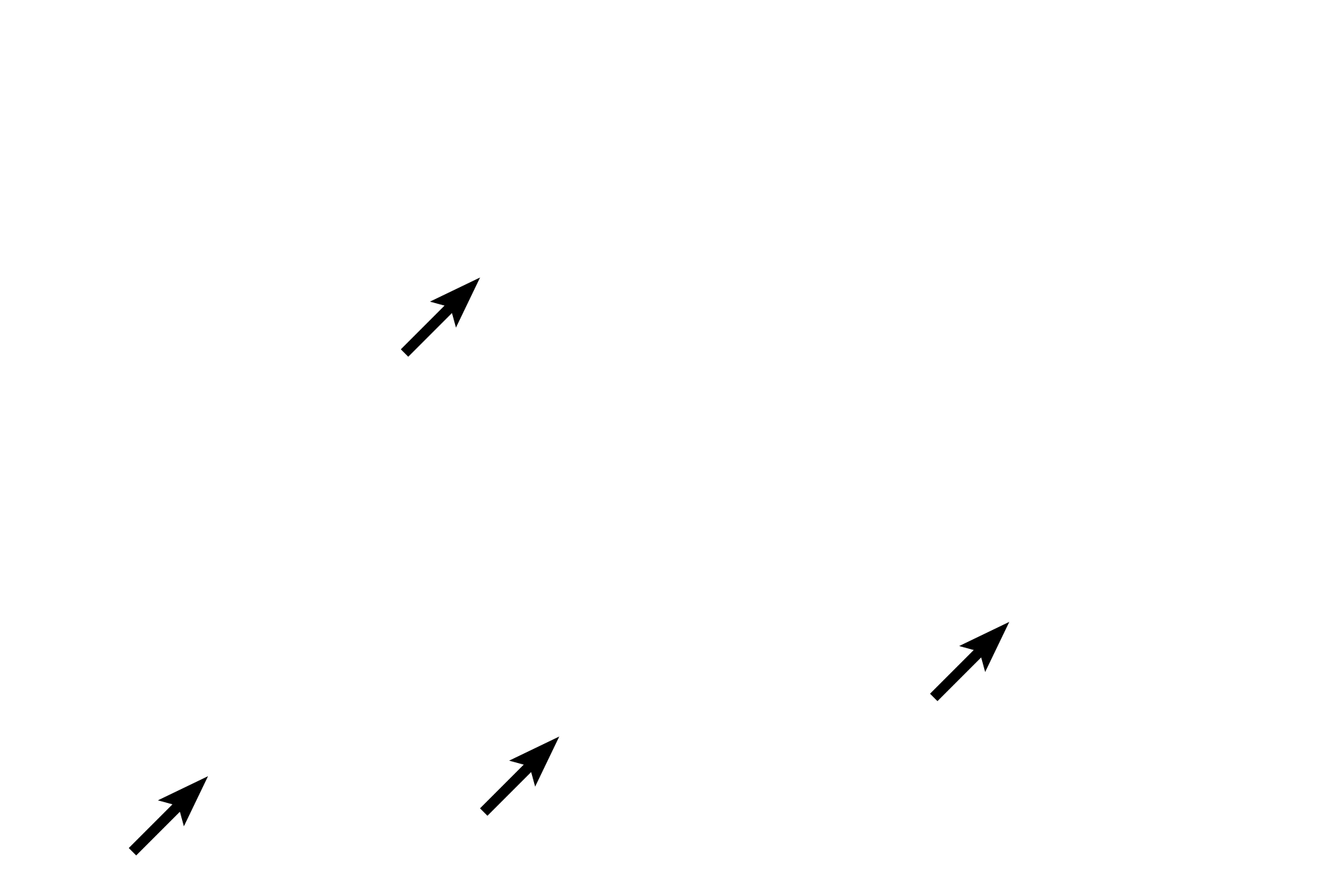
Eyelid: Meibomium gland
This higher magnification image of a Meibomium gland (tarsal gland) shows its simple, branched acinar structure. Each acinus empties into an unbranched duct that opens at the margin of the eyelid. There are numerous Meibomium glands in each eyelid, with a larger number in the upper eyelid. Meibomian glands secrete an oily material by the holocrine mode of secretion.

Meibomium gland
This higher magnification image of a Meibomium gland (tarsal gland) shows its simple, branched acinar structure. Each acinus empties into an unbranched duct that opens at the margin of the eyelid. There are numerous Meibomium glands in each eyelid, with a larger number in the upper eyelid. Meibomian glands secrete an oily material by the holocrine mode of secretion.

- Duct of Meibomium gland
This higher magnification image of a Meibomium gland (tarsal gland) shows its simple, branched acinar structure. Each acinus empties into an unbranched duct that opens at the margin of the eyelid. There are numerous Meibomium glands in each eyelid, with a larger number in the upper eyelid. Meibomian glands secrete an oily material by the holocrine mode of secretion.

- Acini
This higher magnification image of a Meibomium gland (tarsal gland) shows its simple, branched acinar structure. Each acinus empties into an unbranched duct that opens at the margin of the eyelid. There are numerous Meibomium glands in each eyelid, with a larger number in the upper eyelid. Meibomian glands secrete an oily material by the holocrine mode of secretion.

Skin
This higher magnification image of a Meibomium gland (tarsal gland) shows its simple, branched acinar structure. Each acinus empties into an unbranched duct that opens at the margin of the eyelid. There are numerous Meibomium glands in each eyelid, with a larger number in the upper eyelid. Meibomian glands secrete an oily material by the holocrine mode of secretion.

Palpebral conjunctiva
This higher magnification image of a Meibomium gland (tarsal gland) shows its simple, branched acinar structure. Each acinus empties into an unbranched duct that opens at the margin of the eyelid. There are numerous Meibomium glands in each eyelid, with a larger number in the upper eyelid. Meibomian glands secrete an oily material by the holocrine mode of secretion.

Tarsus
This higher magnification image of a Meibomium gland (tarsal gland) shows its simple, branched acinar structure. Each acinus empties into an unbranched duct that opens at the margin of the eyelid. There are numerous Meibomium glands in each eyelid, with a larger number in the upper eyelid. Meibomian glands secrete an oily material by the holocrine mode of secretion.

Orbicularis oculi muscle
This higher magnification image of a Meibomium gland (tarsal gland) shows its simple, branched acinar structure. Each acinus empties into an unbranched duct that opens at the margin of the eyelid. There are numerous Meibomium glands in each eyelid, with a larger number in the upper eyelid. Meibomian glands secrete an oily material by the holocrine mode of secretion.